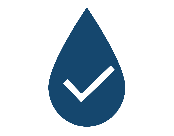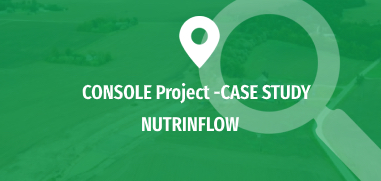Summary
The project aimed at establishing good practical examples of win-win measures for agricultural producers in water management for the retention of nitrogen and phosphorus. Through working with farmers and landowners, the project promotes and demonstrates with concrete investments the benefits gained from holistic planning and coordinated implementation of water retention and on-farm drainage management measures. To show good practice examples on the Ailes stream a project was developed and contracts with landowners signed. The overall project was lead by Proagria (Finland). Union “Farmers Parliament” (Latvia) was one of the project partners.
Objectives
- Control and reduce nutrient inputs into natural watercourses and water bodies;
- Control soil erosion;
- Enrich oxygen content in water;
- Promote natural self-purification processes in water;
- Increase awareness among farmers, advisors and municipal authorities and services on drainage techniques and approaches to integrate field and basic drainage measures while lowering the barriers for the execution of sustainable drainage management and combination of environmental and production benefits.
Public Goods


Problem description
The project responded to the common pan-Baltic challenge to implement more effective and acceptable measures to reduce nutrient inflows to the surface waters and the Baltic Sea from agriculture. It is evident from recent history of implementing on-farm agri-environment measures, that they have not yielded the results needed in terms of reduced nutrient losses and that complementary measures in the drainage network and landscape are needed. In part, this is due to the multifaceted hydro-morphological, physical and biochemical processes in the soil and the aquatic environment, which also makes the effect of these individual measures difficult to measure. Through addressing water flow, water storage and retention it is possible to tackle the problem of nutrient losses outside the growing season when there is no uptake by the crops. According to studies and estimates, up to 90% of nutrients are lost outside growing season which indicates great potential for
nutrient loss reductions by the above mentioned measures. At the same time, there is great potential to be gained for agricultural production, but also for the production of ecosystem services for the society from measures targeting water flows and retention in the landscape.
Through a holistic catchment level management, an optimal combination of measures in the landscape, the stream network and on farm could ensure sustainability and viability of agriculture while reducing the external nutrient loading to the sea. The fact that the project’s partner countries are faced with the need to renovate agricultural drainage infrastructure, provides an ideal ground to introduce new, more sustainable measures to meet the needs of agricultural production and the aquatic environment. Attention to sustainable drainage management is especially critical in the foreseeable climate change with increased precipitation and on the other hand increased summertime water shortages.
